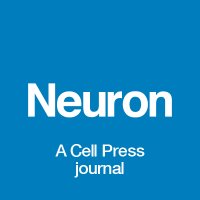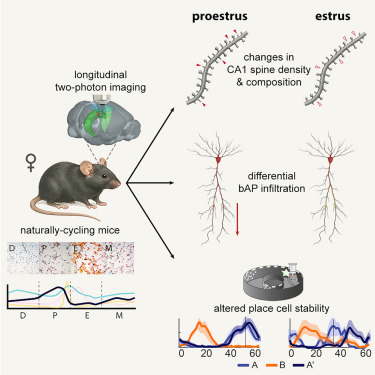
Will
@wredman4
JHU Applied Physics Lab Senior Scientist | Koopman operators and hippocampi | He/Him | You know what the French c'est - "Hate baguettes hate"
ID: 1332401234
http://wredman4.wixsite.com/wtredman 06-04-2013 20:11:23
617 Tweet
348 Takipçi
493 Takip Edilen




Amazing to see this out in print!! Many years in the making. Check out this great 🧵 from Michael Goard for all the details



Really happy to see this paper out, led by Nishil Patel in collaboration with Stefano Sarao Mannelli and Andrew Saxe: we apply the statistical physics toolbox to analyse a simple model of reinforcement learning, and find some cool effects, like a speed-accuracy trade-off for generalisation 🚀

Ever wanted to try topological deep learning but felt overwhelmed by the complexity? 👉 Meet TopoTune: a plug-and-play framework that turns any graph neural networks into a topological one! Mathilde Papillon🦋 mathildepapillon .bsky .social Guillermo Bernárdez Claudio Battiloro 🦋 @clabat9.bsky.social Geometric Intelligence Lab Real AI @ UCSB UCSB ECE


An awesome collaboration with Aran Nayebi, led by the amazing Reece Keller! The neural-glial circuit underlying futility integration in larval zebrafish naturally emerges in intrinsically motivated, embodied agents. See their excellent threads (and the preprint) for the details!



Very happy to see a Transmitter (The Transmitter) piece on our recent work on estrous cycle modulation of hippocampal structure and function. Thanks to Sydney Wyatt (Sydney Wyatt) for covering the work and its context: thetransmitter.org/neuroendocrino…


You're into neuroscience and AI? 🧠 🤖 You're working on the mathematics that drives biological and artificial neural networks? We want to hear from you! Submit to NeurReps 2025 at NeurIPS Conference! 📅 Deadline: Aug 22 📄 Two tracks: 9p proceedings & 4p extended abstracts





